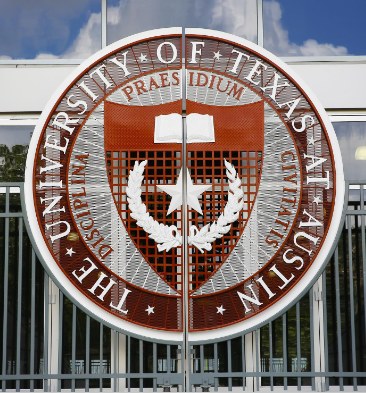Maximizing the Energy Efficient Commercial Building Deduction
The new IRC §179D
Heralding Transformations
in Energy Efficient Design / Development
The EECBD has existed for nearly two decades, though at a much lower rate. Because of its many positive effects, it was greatly enhanced by the Inflation Reduction Act (“IRA”).
There are two key changes to the incentive that are important here:
- The power of the incentive was greatly enhanced, increased by an incredible 266%.
- The incentive became more complex. Despite the fact that qualification was streamlined, the documentation requirements are far more onerous.
When effectively integrated, the incentive dramatically improves the value of their service:
- Massive financial windfall to the client, or assignee. The deduction returns up to $5 per square foot.
- The deduction is assignable. For most nonprofits and government agencies, the incentive can be assigned to the designers.
- Renewability: The incentive can be applied to renovations, refreshing every four years
The Battle For Control
Because of the return on the incentives, many non-design entities have directed their efforts to controlling its windfall.
Perhaps the most important case involving this was HOK v EE, which did little for designers:
- HOK, a major architecture firm, prepared a IRC §179D deduction;
- University of Texas, the ultimate owner, refused to transfer it, citing an energy ‘policy’ which took the bulk of its value;
- After lengthy proceedings, HOK was adjudged to have no recourse when UT cut them out completely.
We are looking for a better outcome for our clients.

Building, then controlling, the EECBD
Congress gave three parties a role in the EECBD:
The Architect / Designer; The Building Owner; and Labor.
Each of these parties must cooperate to complete the incentive, but the parties do not have similar demands. The EECBD is about efficient design, which is the core competency of designers, who shoulder the greatest expectation.
Because of this demand, designers are best positioned, and have the most potential control.
This can manifest several ways:


Owning the CAD Model
The central component of the EECBD deduction is the energy model. This is a byproduct of the building CAD design, which is the Architect / Builder’s primary expectation.
Management of Professions
Labor data is essential to achieving the maximum value. Designers prepare the bid package, which defines how the owner manages the contractors and laborers.


Contract Rights
Building Architects / Designers have the unique ability to control the contract rights from the beginning. This can pave the way for compliance.
Motivation
More than anything else, the Architect / Designer is the most likely to prioritize efficiency. Material improvements to the construction arts defines their success.

How to Proceed
Taking an EECBD deduction takes careful planning. Starting early, having clear goals, and aligning interests with competencies, gives the greatest likelihood of success
The goals of the EECBD will be met. The need for efficient design is clear. The IRA is only one expression of this. Many jurisdictions have codified similar efforts. The only question is who will receive the benefits, and how they will be dispensed.
We firmly believe all designers should integrate this immediately. The historic course of this is clear: it starts as an optional incentive, changes to a mandate, then a regulation with penalties. There are great benefits for those adopt this early.